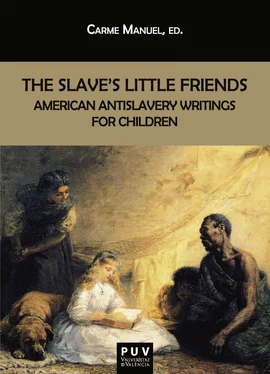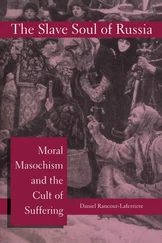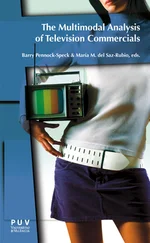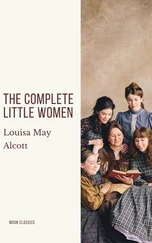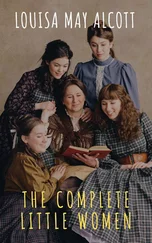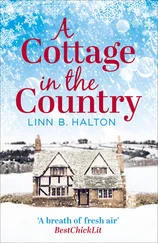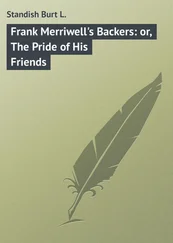Levander, Caroline F. and Carol J. Singley, ed. The American Child: A Cultural Studies Reader . Piscataway, NJ: Rutgers University Press, 2003.
Lindey, Sara. “Sympathy and Science: Representing Girls in Abolitionist Children’s Literature.” The Journal of the Midwest Modern Language Association 45.1 (Spring 2012): 59-73.
Long, Gretchen. Doctoring Freedom: The Politics of African American Medical Care in Slavery and Emancipation . Chapel Hill: The University of North Carolina Press, 2012.
MacCann, Donnarae, White Supremacy in Children’s Literature: Characterizations of African Americans, 1830-1900 . Routledge: New York and London, 2001.
MacLeod, Anne Scott. A Moral Tale: Children’s Fiction and American Culture, 1820-1860 . Hamden, Connecticut: Archon Books. 1975.
——. “Censorship and Children’s Literature.” The Library Quarterly: Information, Community, Policy 53.1 (January 1983): 26-38.
——. “From Rational to Romantic: The Children of Children’s Literature in the Nineteenth Century.” Poetics Today 13.1 (Spring 1992): 141-153.
——. American Childhood: Essays on Children’s Literature of the Nineteenth and Twentieth Centuries . Athens and London: The University of Georgia Press, 1994.
Marten, James. “Children’s Literature.” A History of American Civil War Literature . Ed. Coleman Hutchison. New York: Cambridge University Press, 2015. 119-133.
McElya, Micki. Clinging to Mammy: The Faithful Slave in Twentieth-Century America . Cambridge, Massachusetts, and London: Harvard University Press, 2007.
Mellor, Anne K. “‘Am I Not a Woman, and a Sister?’: Slavery, Romanticism, and Gender.” Romanticism, Race, and Imperial Culture, 1780-1834 . Ed. Alan Richardson and Sonia Hofkosh. Bloomington: Indiana University Press, 1996. 311-329.
Midgley, Clare. “Slave Sugar Boycotts, Female Activism and the Domestic Base of British Anti-slavery Culture.” Slavery & Abolition: A Journal of Slave and Post-Slave Studies 17.3 (1996): 137-162.
——. Women Against Slavery: The British Campaigns, 1780-1870 . 1992. London & New York: Routledge, 2005.
Nash, Gary B. “Agrippa Hull: Revolutionary Patriot.” https://www.blackpast.org/african-american-history/agrippa-hull-revolutionary-patriot/
Newman, Judie. “Writing Against Slavery: Harriet Beecher Stowe.” Women, Dissent, and Anti-Slavery in Britain and America, 1790-1865 . Ed. Elizabeth J. Clapp. & Julie Roy Jeffrey. New York, Oxford: Oxford University Press, 2011. 175-196.
Newman, Richard S. The Transformation of American Abolitionism: Fighting Slavery in the Early Republic . Chapel Hill and London: The University of North Carolina Press, 2002.
Nikolajeva, Maria. “The Verbal and the Visual: The Picturebook as a Medium.” Children’s Literature as Communication. The ChiLPA Project . Ed. Roger D. Sell. Amsterdam/Philadelphia: John Benjamins Publishing Company, 2002. 85-108.
Noble, Marianne. “The Ecstasies of Sentimental Wounding in Uncle Tom’s Cabin .” The Yale Journal of Criticism 10.2 (1997): 295-320.
Nowatzki, Robert. Representing African Americans in Transatlantic Abolitionism and Blackface Minstrelsy . Baton Rouge: Louisiana State University Press, 2010.
Nussbaum, Martha. Love’s Knowledge: Essays on Philosophy and Literature . New York: Oxford University Press, 1990.
O’Donnell, Elizabeth A. “‘There’s Death in the Pot!’ The British Free Produce Movement and the Religious Society of Friends, with Particular Reference to the North-East of England.” Quaker Studies 13.2 (2009): 184-204.
Okker, Patricia. Our Sister Editors: Sarah J. Hale and the Tradition of Nineteenth-Century American Women Editors . Athens & London: The University of Georgia Press, 1995.
Oldfield, J.R. Popular Politics and British Anti-Slavery: The Mobilisation of Public Opinion Against the Slave Trade, 1787-1807 . Manchester: Manchester University Press, 1995.
O’Malley, Andrew. The Making of the Modern Child: Children’s Literature and Childhood in the Late Eighteenth Century . London: Routledge, 2003.
Palen, Marc- William. “Free Trade Ideology and Transatlantic Abolitionism: A Historiography.” Journal of the History of Economic Thought 37.2 (June 2015): 291-304.
Paul, Lissa. The Children’s Book Business: Lessons from the Long Eighteenth Century . New York and London: Routledge, 2011.
Perry, Claire. Young America: Childhood in 19th-Century Art and Culture . New Haven & London: Yale University Press, 2006.
Pierson, Michael D. Free Hearts and Free Homes. Gender and American Antislavery Politics . Chapel Hill and London: The University of North Carolina Press, 2003.
——. “‘Slavery Cannot Be Covered up with Broadcloth or a Bandanna’: The Evolution of White Abolitionist Attacks on the ‘Patriarchal Institution.’” Journal of the Early Republic 25.3 (Fall 2005): 383-415.
Quirk, Joel. The Anti-Slavery Project: From Slave Trade to Human Trafficking . Philadelphia: University of Pennsylvania Press, 2011.
——. Unfinished Business: A Comparative Survey of Historical and Contemporary Slavery . 2008.
http://www.unesco.org/culture/pdf/UnfinishedBusinessReport2008.pdf
Richardson, Alan. “Romanticism and the End of Childhood.” Nineteenth-Century Contexts: An Interdisciplinary Journal 21.2 (1999): 169-189.
——. “‘The Sorrows of Yamba,’ by Eaglesfield Smith and Hannah More: Authorship, Ideology, and the Fractures of Antislavery Discourse. Romanticism on the Net 28 (November 2002). http://id.erudit.org/iderudit/007209ar
Richardson, Joe. M. “Introduction.” Trial and Imprisonment of Jonathan Walker, at Pensacola, Florida, for Aiding Slaves to Escape from Bondage . Boston: The Anti-Slavery Office, 1845. Reprint. Gainesville, Florida: LibraryPress@UF, 2017. xiii-xcvi.
Rinehart, Nicholas T. “The Man That Was a Thing: Reconsidering Human Commodification in Slavery.” Journal of Social History (Fall 2016) 50.1: 28-50.
Ritzenberg, Aaron. The Sentimental Touch: The Language of Feeling in the Age of Managerialism . Fordham University Press, 2013.
Rogers, Cynthia M. “ The Child’s Anti-Slavery Book and other Sunday School Books of the Methodist Episcopal Church, 1827-1880.” Methodist History 49:1 (October 2010): 4-19.
Roth, Sarah N. “The Mind of a Child: Images of African Americans in Early Juvenile Fiction.” Journal of the Early Republic 25.1 (Spring 2005): 79-109.
——. Gender and Race in Antebellum Popular Culture . New York: Cambridge University Press, 2014.
Russo, Robyn. “‘When Children Are Not Glad’ Sympathy, Performance, and Power in Abolitionist Children’s Literature.” The AnaChronisT 14 (2009): 67-87.
Ryan, Susan M. The Grammar of Good Intentions: Race and the Antebellum Culture of Benevolence . Ithaca: Cornell University Press, 2003.
Sands-O’Connor, Karen. Soon Come Home to This Island: West Indians in British Children’s Literature . New York: Routledge, 2008.
Samuels, Shirley. “The Identity of Slavery.” The Culture of Sentiment: Race, Gender, and Sentimentality in Nineteenth-Century America . Ed. Shirley Samuels. New York & Oxford: Oxford University Press, 1992. 157-171.
Sanchez-Eppler, Karen. “Bodily Bonds: The Intersecting Rhetorics of Feminism and Abolition.” Representations 24 (Autumn 1988): 28-59.
——. Dependent States: The Child’s Part in Nineteenth-Century American Culture . Chicago and London: The University of Chicago Press, 2005.
Читать дальше
